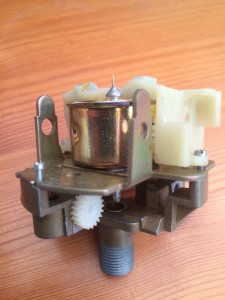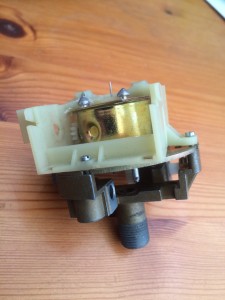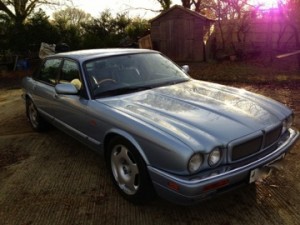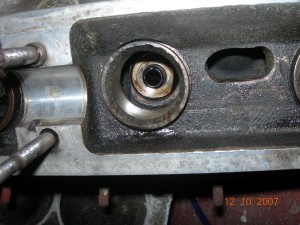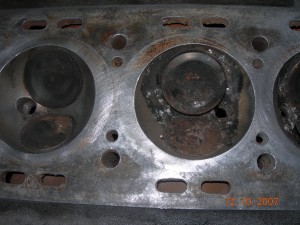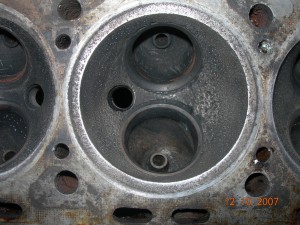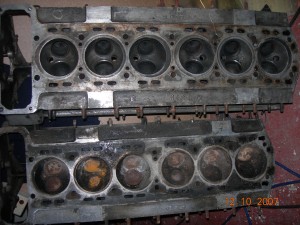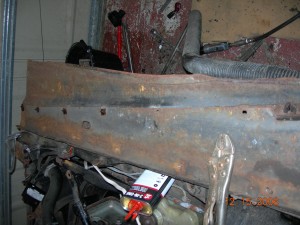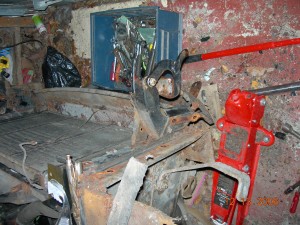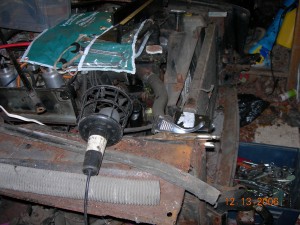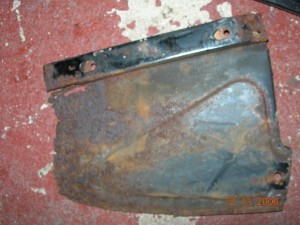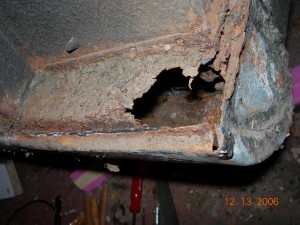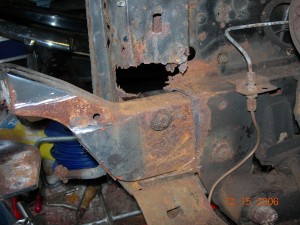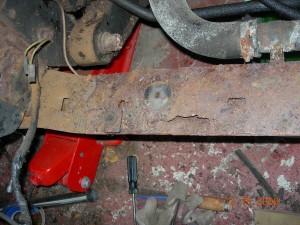The top of the radiator mounting panel needed some modification. The panel has an inlet pipe for directing air towards the air filter on the standard Series 2 normally aspirated engine. As I am installing a Supercharged AJ16 engine, the air inlet is on the other side of the engine. Rather than leave the panel alone I decided to modify it to direct air to the right hand side of the engine bay. I dont think it is really necessary but it would look odd directing air towards the exhaust pipes. In addition it is a bolt on panel so could easily be swapped out for an original panel if preferred later on.
The pictures below show the panel before and after modification.
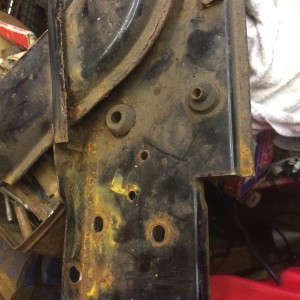
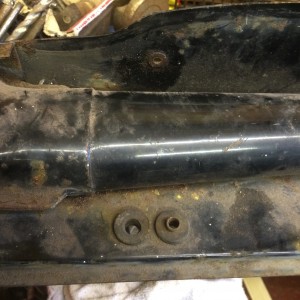
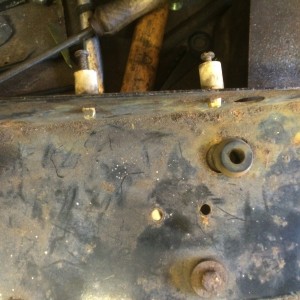
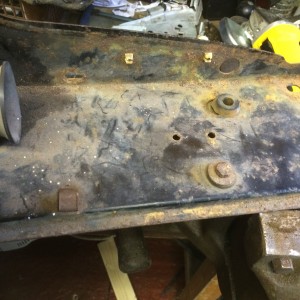
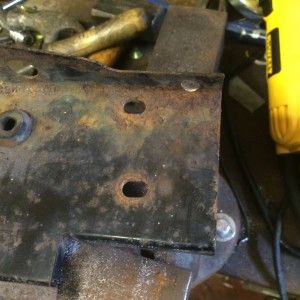
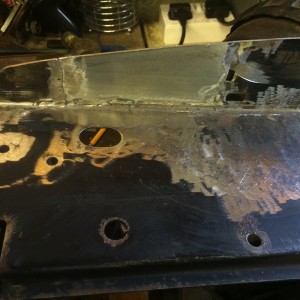
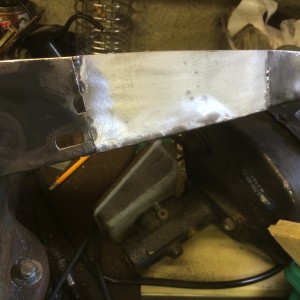
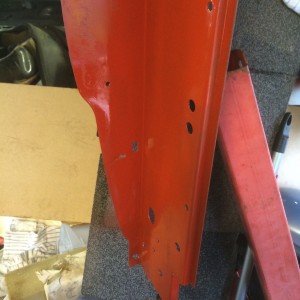
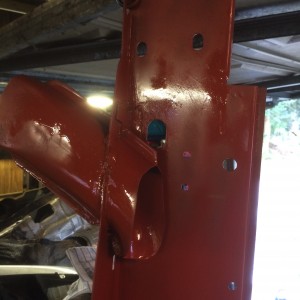
Next up – An XJS joins the family
